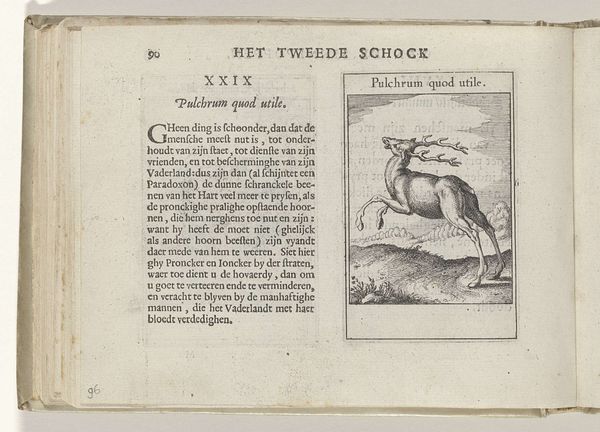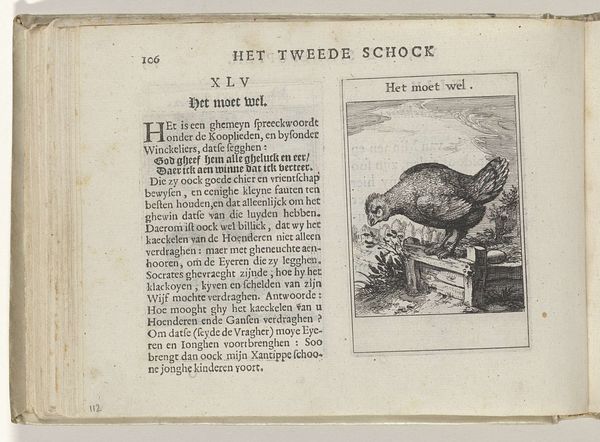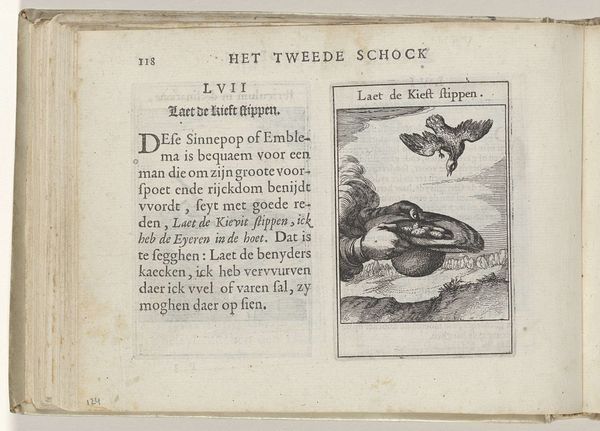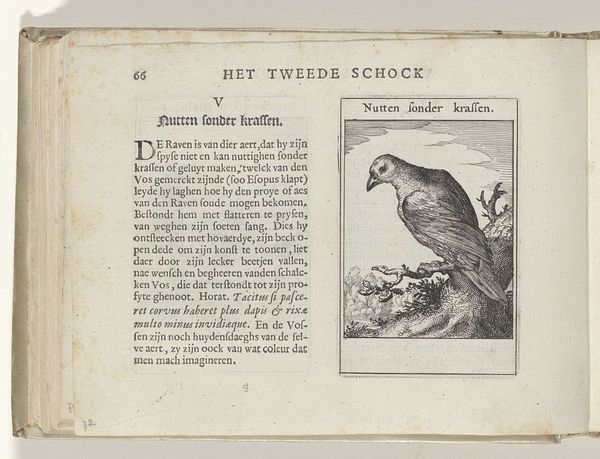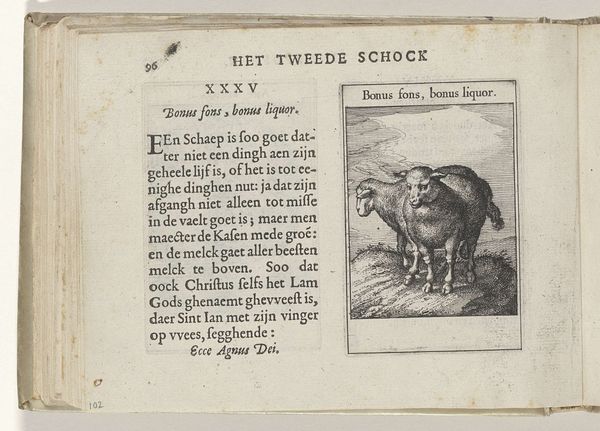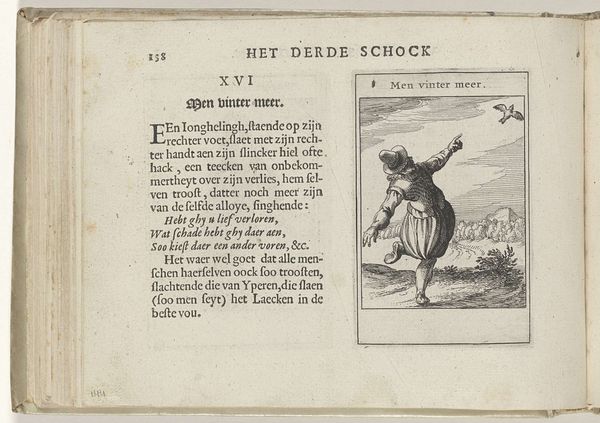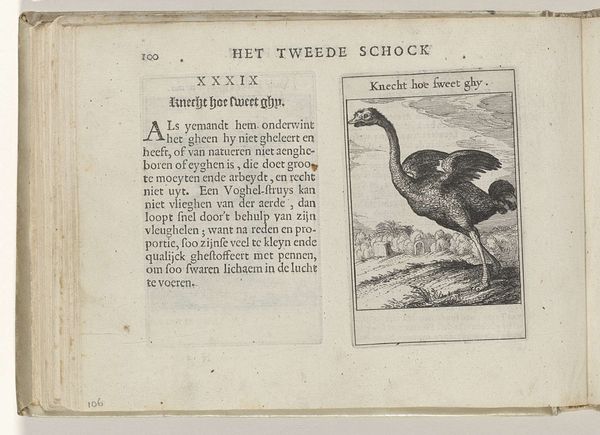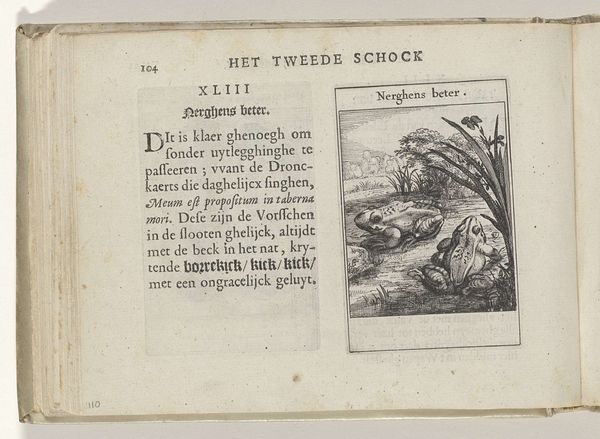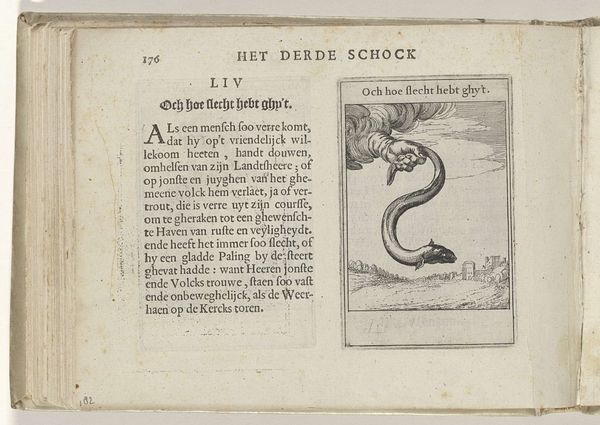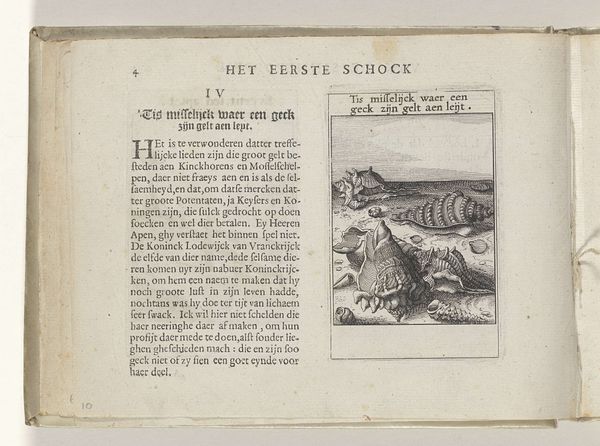
print, paper, engraving
#
narrative-art
#
dutch-golden-age
# print
#
figuration
#
paper
#
coloured pencil
#
engraving
Dimensions: height 137 mm, width 188 mm, height 95 mm, width 60 mm
Copyright: Rijks Museum: Open Domain
Editor: This is "XXXVII Thuys best," an engraving on paper by Roemer Visscher, dating back to 1614. It’s got this intriguing old-world feel with the printmaking. What do you see in this piece, beyond the surface? Curator: Beyond the simple depiction of a tortoise, I see a powerful commentary on societal expectations and personal identity. Given the time period, the Dutch Golden Age, we need to consider the rise of mercantile power, exploration, and burgeoning individualism alongside strict social and religious norms. Editor: So, the turtle not going to Jupiter’s feast – how does that tie in? Curator: The text alongside the image is crucial: only the tortoise remains behind; when asked why, he responds: 'East, West, home is best.' Considering the social mobility of the time, many felt pressured to participate in increasingly global, materialistic, even exploitative ventures. The tortoise can represent those who choose a more grounded existence, who resist that pull. This creates a pointed perspective, right? Editor: Absolutely, almost an early form of protest, about being true to yourself and your values, I suppose. Curator: Precisely. Visscher encourages a deeper interrogation. Is this a celebration of self-sufficiency or a critique of social withdrawal? Editor: I see it now - a rejection of social pressures. I initially just thought it was a quirky image. It has so much more depth! Curator: Exactly, engaging with historical context allows us to see how art engages with broader societal debates about morality, wealth, and belonging. We can even draw a comparison to today's ideas about sustainability and community.
Comments
No comments
Be the first to comment and join the conversation on the ultimate creative platform.
